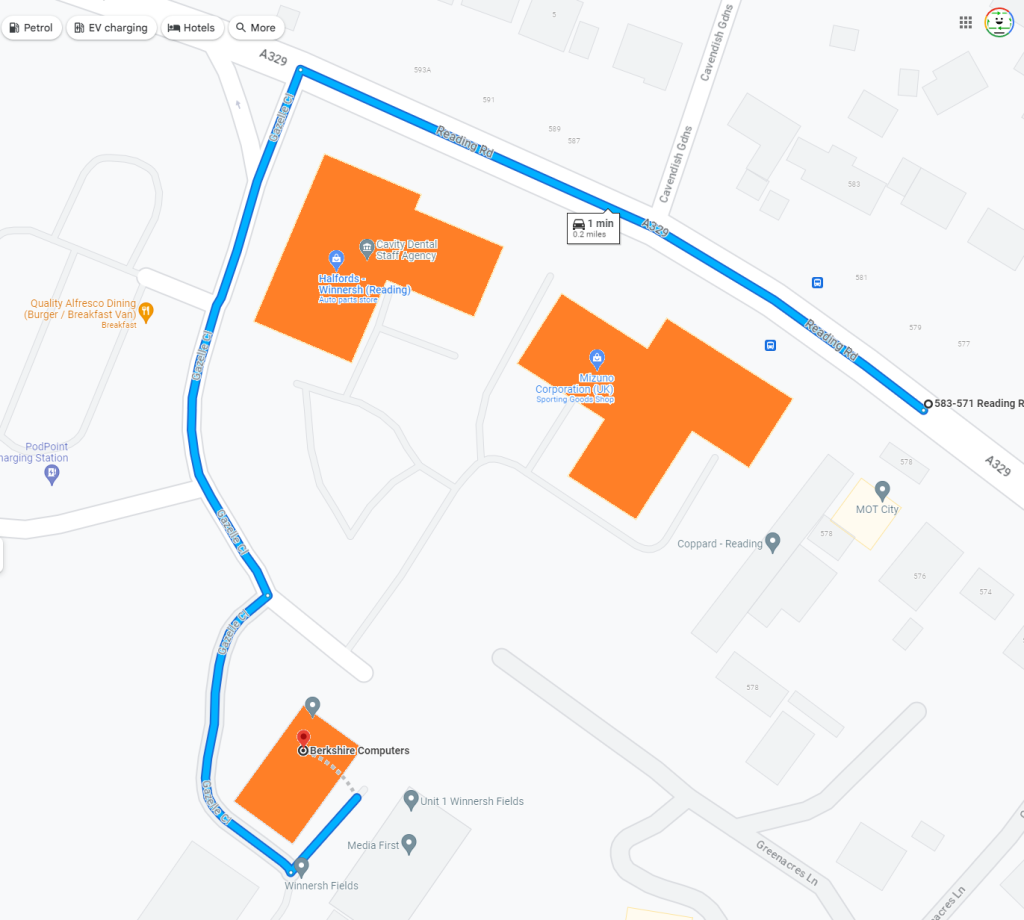Troubleshooting a No-Boot Situation After CCleaner and NVIDIA Driver Update
If you’re facing an issue where your computer fails to boot after running CCleaner and attempting an NVIDIA driver update, you’re not alone. Recently, I encountered this very problem myself, and I want to share my experience and some possible solutions.
The Situation
After upgrading to a new NVME SSD and relocating several games, I decided to maintain my system’s health by using CCleaner to clear out any unnecessary registry errors that might disrupt operations. Following the cleanup, I attempted to install the latest drivers for my NVIDIA graphics card. Unfortunately, my installation was met with repeated failures, displaying a message that the installation could not proceed at that time.
Frustratingly, I restarted my PC to try again, only to be met with a complete refusal to boot. My monitor displayed no signal; the keyboard didn’t respond (the caps lock light remained off), and I couldn’t access Windows Repair by pressing F11. While the fans were spinning, and RGB lights on the RAM and graphics card were on, the system failed to show the Aorus logo or BIOS menu. Holding down the power button wouldn’t shut down the computer, forcing me to disconnect the power supply directly.
System Specifications
For context, here are my system specifications:
– Operating System: Windows 10
– Graphics Card: NVIDIA GTX 1070 Ti
– Processor: AMD Ryzen 5 2600
– Motherboard: Gigabyte X470 Aorus Gaming 5 WiFi
Possible Solutions
If you find yourself in a similar predicament, here are some troubleshooting steps you can take to diagnose and potentially resolve the issue:
-
Power Cycle Your PC: Completely turn off your computer and unplug it. Hold down the power button for 10-15 seconds to release any residual power. Then, reconnect and power it back on.
-
Check Connections: Ensure that all internal connections, including power cables to the motherboard and GPU, are secure. Sometimes loose connections can lead to boot issues.
-
Remove Peripherals: Disconnect all non-essential peripherals, such as additional USB devices, external drives, and even secondary monitors. Attempt to boot with only the keyboard and monitor connected.
-
Clear CMOS: Reset the BIOS/UEFI settings by clearing the CMOS. You can do this by removing the battery from the motherboard for a few minutes,
Share this content:



